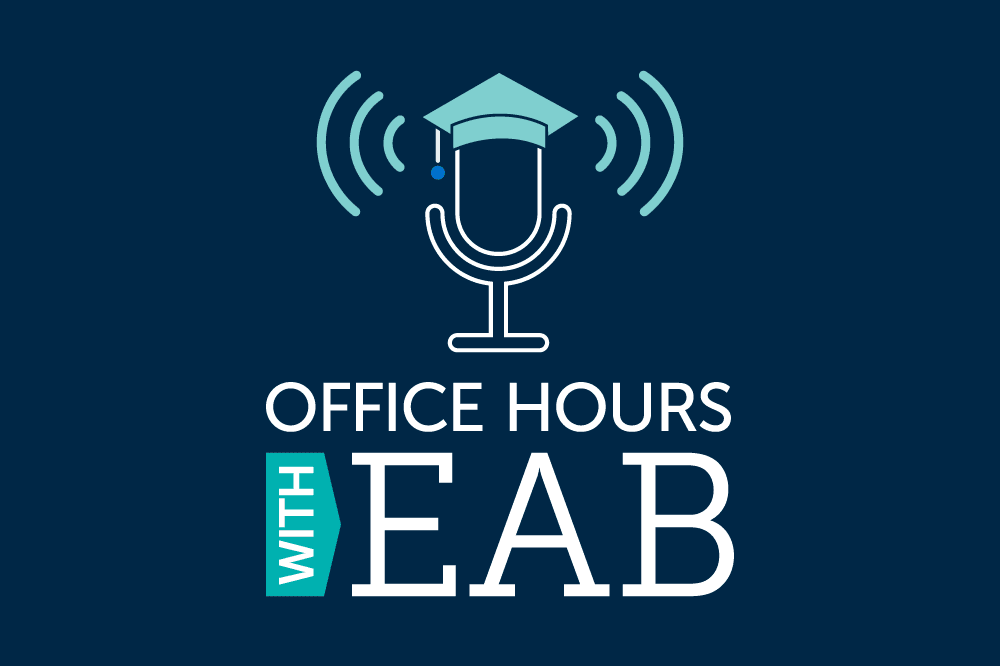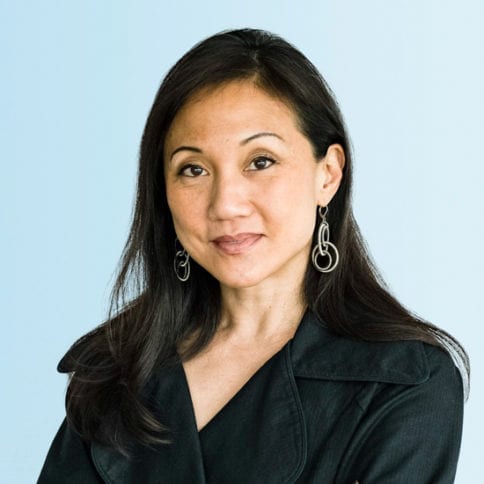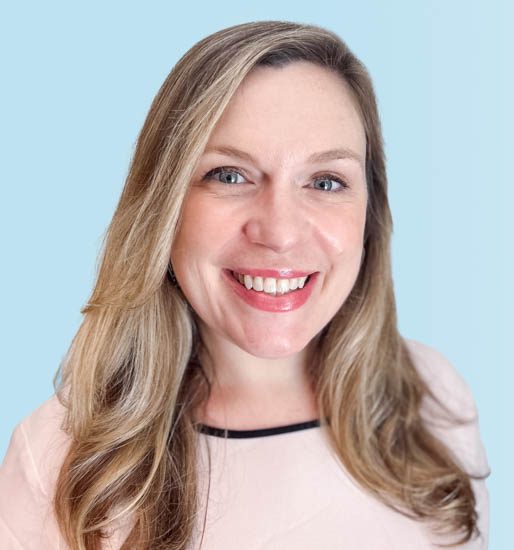Higher Ed Podcast | Office Hours with EAB
A podcast where higher education leaders, experts, and trailblazers share valuable insights and ideas that address virtually every facet of university operations.
Listen to Our Latest Episodes
See All Podcasts
Podcast
How Industry Partnerships Fuel Growth at Wichita State
Wichita State University President Richard Muma shares how deep industry partnerships are elevating the student experience, fueling research,…

Podcast
How Loan Reform Will Redefine Graduate Education
Experts share tips for graduate enrollment leaders and financial aid strategists on how to prepare for the elimination…

Podcast
How to Optimize Web Content for AI-Powered Search
Experts share practical strategies to optimize your web content for AI-enabled search.

Podcast
Are Grad Schools Entering Survival Mode?
Experts discuss how graduate schools are shifting their recruiting focus in response to the sharp decline in foreign…

Podcast
Is Your Campus Data AI-Ready?
Experts discuss ways that AI can help improve access to campus data trapped in disparate IT systems without…

Podcast
Will the BBB Put the Big Chill on Student Borrowing?
Experts discuss how new FAFSA changes and the Big Beautiful Bill will impact student borrowing.
Office Hours Featured Experts
Learn more about the voices behind our podcast.
Follow the podcast on Spotify, Google Podcasts, Apple Podcasts, SoundCloud, and Stitcher
Join the conversation on social media with #EABOfficeHours!
Want to learn more about EAB’s solutions?
To request a demo or speak with an expert, please submit this form.
Great to see you today! What can I do for you?




